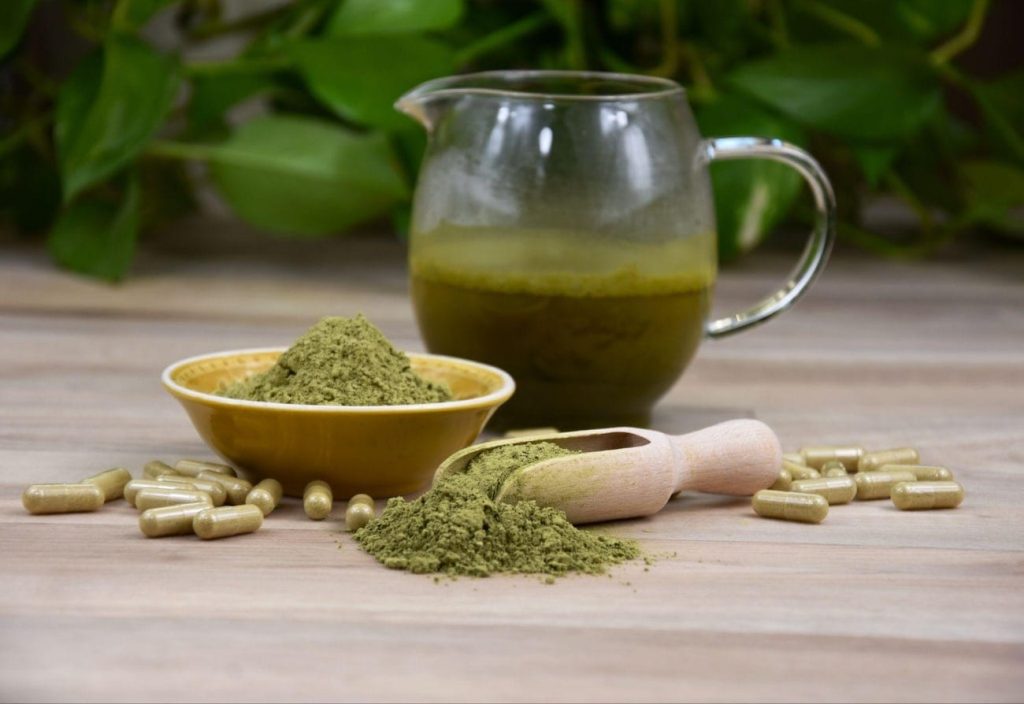Ambien, a widely recognized medication in the realm of sleep aids, has emerged as a trusted companion for individuals battling sleep disorders. Its efficacy in promoting restful sleep and addressing various sleep-related issues has made it a go-to solution for many seeking relief from insomnia and other sleep disturbances. One of the key benefits of buying Ambien is its ability to induce sleep quickly and efficiently. Its active ingredient, zolpidem, acts on the brain’s neurotransmitters to produce a calming effect, helping users drift off into a deep and restorative sleep. Moreover, Ambien is known for its relatively short onset of action, making it ideal for those who need fast-acting relief from sleeplessness. Unlike some other sleep aids that may take longer to kick in, Ambien starts working within 15 to 30 minutes after ingestion, allowing users to experience its soothing effects without undue delay. Another advantage of Ambien is its versatility in addressing different types of sleep disorders.
Whether it is difficulty falling asleep, frequent awakenings during the night, or early morning awakening, Ambien can help regulate sleep patterns and improve overall sleep quality. Moreover, Buy ambien is generally well-tolerated when used as directed. Like any medication, it is essential to follow the prescribed dosage and guidelines provided by healthcare professionals. This helps minimize the risk of potential side effects and ensures that individuals can benefit from Ambien’s sleep-enhancing properties safely. Additionally, buying Ambien offers convenience and accessibility. With online pharmacies and local pharmacies stocking this medication, individuals have easier access to a proven solution for their sleep troubles. This accessibility is particularly beneficial for those with busy schedules or limited mobility, as it eliminates the need for frequent doctor visits to obtain a prescription refill. Furthermore, Ambien is known for its short duration of action, which means it does not linger in the body for an extended period. This characteristic reduces the risk of residual drowsiness or grogginess upon waking, promoting a refreshed and alert state in the morning.
For individuals struggling to fall asleep or stay asleep throughout the night, Ambien offers a reliable solution. Users often report feeling well-rested and energized after a night of Ambien-induced sleep, enhancing their productivity and overall well-being during the day. This versatility has made it a preferred choice among healthcare providers for treating a range of sleep-related issues. It is important to note that while Ambien offers significant benefits in managing sleep disorders, it should be used responsibly and under medical supervision. Dosage recommendations and duration of use should be followed as prescribed to minimize potential side effects and ensure safe and effective treatment. Buying Ambien can be a game-changer for individuals struggling with sleep disorders. Its fast-acting nature, versatility in addressing different sleep issues, and ability to promote restful sleep make it a trusted companion in the journey towards better sleep and improved quality of life. As always, consulting with a healthcare professional is advised to determine the most appropriate use of Ambien based on individual needs and health considerations.


